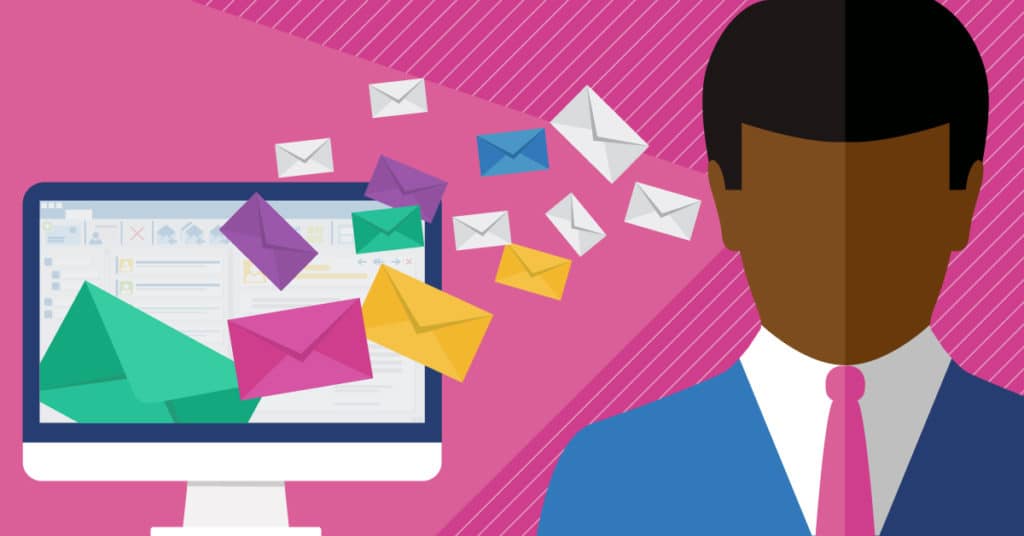Navigating the Remote Reality — The Art of Email Listening

By Ernie Humphrey, CTP
The ability to listen effectively to an email can be a career asset. More importantly, the inability to effectively listen to an email can negatively impact or derail a career. Understanding how to avoid miscommunications from emails is essential as we all navigate our remote work situations.
Social cues like facial expressions, vocal tone or body language are missing from email. This leaves the interpretation of tone to the sole discretion of you, the receiver. Many factors can go into exactly how you interpret this, including the mood you are in, stress you are under, or something you attribute to the sender.
To avoid any career limiting moves, heed the advice of Ice Cube and “Check yourself, before you wreck yourself.” Before you respond to that email that triggered you, take a moment and review these best practices on email listening:
1. Read the rest of the email before you respond.
Control your instincts to write a response to an email before you even finished reading it in its entirety.
2. Focus.
Multi-tasking when reading work related emails can result in disaster, with hasty responses that escalate things.
3. Use Emotional Intelligence.
Before you respond to emails that outline problems or issues that involve you, put yourself in the email sender’s shoes and understand they are seeking a solution and your assistance. Take a moment to see it from their perspective. Ask questions to learn how to best resolve this issue or identify the root cause. This will put people at ease and empower them to solve the problem or issue.
4. Be patient.
If you are looking for an answer in an email and can’t find it, take a deep breath and read the email again. When rushed, we often overlook answers that we did not identify in our initial read. Instead of assuming your question was ignored, ask a clarifying question that confirms they understand what you were originally asking.
5. Don’t prejudge the importance of a work related email solely based on its author.
6. Take time to interpret intent.
Read each email carefully to really understand the sense of tone. Ensure you are not letting external factors default you to a negative intent. Ensure they aren’t just trying to be urgent, humorous, or something. If you’re unsure of the intent, pick up the phone and have a live discussion with the sender. Explain your initial thoughts and give them the opportunity to confirm their intent.
7. Look for what is not said in addition to what is said in an email.
Sometimes what is not said is just as important as what is said.
Remember, the goal is effective communications. Responding in anger or haste, will only escalate an already heated situation, or worse, cause one. The golden rule is: Any time you receive an e-mail which evokes a strong emotional response from you, wait at least 30 minutes to respond (if you can), and get a trusted colleague to read your response to make sure your response has the right tone and content.